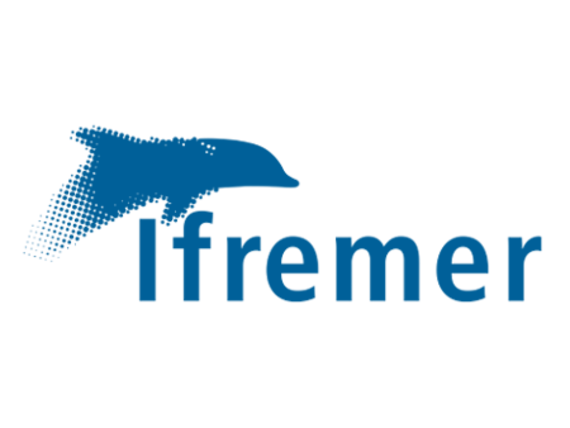Long-term trends, benthic-pelagic coupling and regime changes of coastal ecosystems in the English Channel in a context of global change
PhD thesis of Lucas Greiner (2023-2026)
What is the contribution of biotic and abiotic factors in the variation of biodiversity in coastal marine ecosystems?
Using the IGA time series, this project aims to quantify the relative importance of biotic and abiotic drivers behind biodiversity variations. This objective is divided in 4 major steps : (1) Standardise the heterogeneous data from the IGA surveys. (2) Characterise the changes in populations and communities by identifying common trends or periodic behaviours. (3) Evaluate the importance of biotic and abiotic drivers within the different communities. (4) Integrate the interactions between communities and between zones.
Coastal marine ecosystems are currently experiencing numerous pressures : climate change, pollutions, overfishing… It is then essential to understand how their biodiversity is affected to preserve their functionning. Indeed, these systems host a remarkable diversity of organisms which supports a range of processes coupling the sea floor and the water column.
In this context, the monitoring of Energy-Producing Nuclear Plants (Impact des Grands Aménagements IGA) is a key resource to explore this question. It provides pluriannual measures for numerous abiotic (temperature, salinity, …) and biotic (abondances, biomasses, …) variables collected during more than 40 years. Moreover, these surveys represent both pelagic and benthic zones and cover different trophic levels.
Supervisors:
Stanislas Dubois (LEBCO), Mathieu Chevalier (LEBCO)
Collaborations:
Funding:








